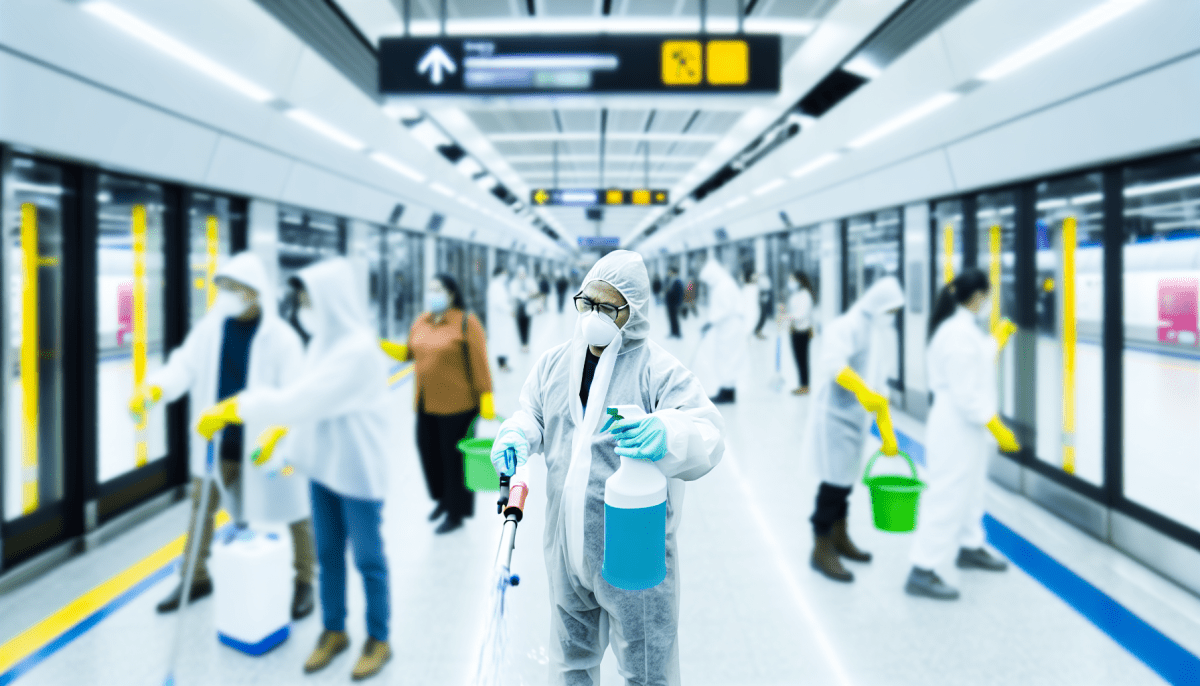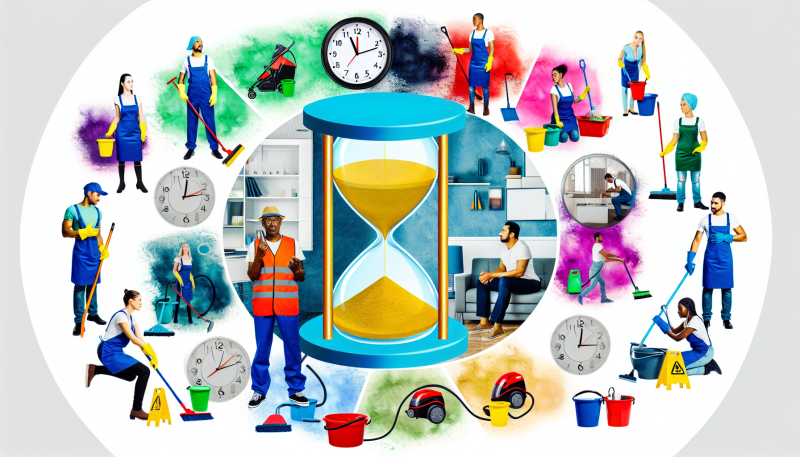When it comes to keeping our spaces healthy, knowing how to effectively disinfect and sanitize high-traffic areas is key. These spots—like doorknobs, light switches, and shared surfaces—tend to collect germs faster than you’d think. Here are some best practices to ensure you’re on the right track.
Start by gathering your supplies. You'll want a reliable disinfectant that's EPA-approved and effective against a broad range of germs. Don't forget the essentials like gloves, microfiber cloths, and perhaps a spray bottle for easy application. Keeping your area organized while you work can help you stay efficient.
Next, establish a routine. Regularly scheduled cleaning can make a big difference. Wipe down high-touch surfaces daily, or even multiple times a day if the traffic is particularly high. It's best to start from the least dirty area to the most dirty—this helps prevent cross-contamination. Always allow the disinfectant to stay wet on surfaces for the time recommended on the label. This ensures it kills the germs effectively.
Once you’ve disinfected, don’t forget about ventilation. Open windows or use fans to help air out the space. Good airflow not only helps remove lingering odors but can also speed up the drying process, which is important because germs thrive in damp areas. By following these steps, you can effectively disinfect and sanitize high-traffic areas, keeping those spaces safe and clean for everyone.
Essential Tools for Effective Sanitizing
When it comes to keeping our spaces clean and safe, having the right tools is key. If you're looking to disinfect and sanitize high-traffic areas, there are a few essentials you shouldn’t overlook. Let’s break down what you’ll need to get the job done efficiently.
Don’t forget about gloves! Wearing a pair will keep your hands safe from strong cleaning agents and help prevent cross-contamination. It’s a simple step that goes a long way in ensuring a thorough clean.
Lastly, a good pair of sturdy cleaning brushes or sponges will help you get into those hard-to-reach spots. Whether it's scrubbing the floor or tackling grime in corners, the right brush can make all the difference. Get ready to keep your place not just tidy, but truly sanitized!
Step-by-Step Cleaning Guide
Step 1: Gather Your Supplies
Step 2: Start with Dusting
Before you jump into disinfecting, give the surfaces a quick dusting. Use a microfiber cloth to wipe down surfaces like countertops, tables, and other areas where dirt can accumulate. This helps the disinfectant work better by removing any initial debris.
Step 3: Clean the Surface
Now it’s time to apply your all-purpose cleaner. Spray it on the surfaces and give them a good wipe down. Make sure to pay attention to frequently touched spots—think light switches, door handles, and remotes. You want these areas nice and clean before moving on to disinfecting.
Step 4: Disinfect
After cleaning, grab your disinfectant spray or wipes. Apply it generously to the surfaces you just cleaned. For the best results, let it sit for the recommended time—usually around 5-10 minutes—before wiping it away. This step is vital to truly disinfect and sanitize high-traffic areas.
Step 5: Final Touch
For floors, use a mop with a suitable cleaner to finish off. Make sure to dispose of any used cloths or wipes properly. And don’t forget to wash your hands after removing your gloves. That’s it! Your high-traffic areas are now clean and safe.
Tips for Maintaining Cleanliness Daily
Keeping your space clean is crucial, especially in high-traffic areas where germs can easily spread. Here are some practical tips to help you maintain cleanliness daily.
Establish a Cleaning Routine: Set aside a few minutes each day to focus on disinfecting hotspots. Areas like doorknobs, countertops, and light switches can accumulate germs quickly. A consistent cleaning schedule will make it easier to stay on top of things.
Remember, it’s not just about keeping things looking clean, but also making sure you disinfect and sanitize high-traffic areas effectively. Small daily actions can lead to a healthier environment.


